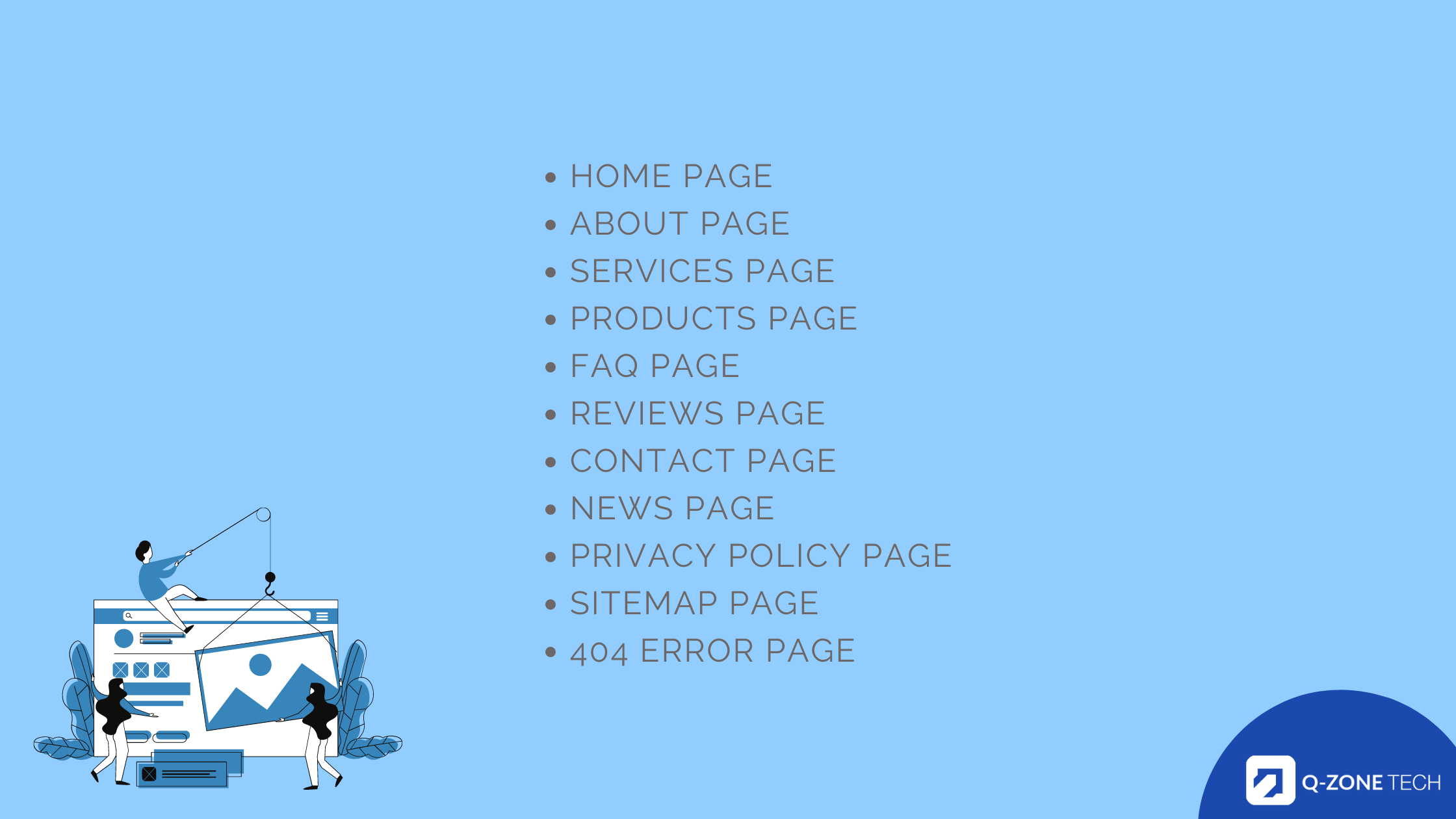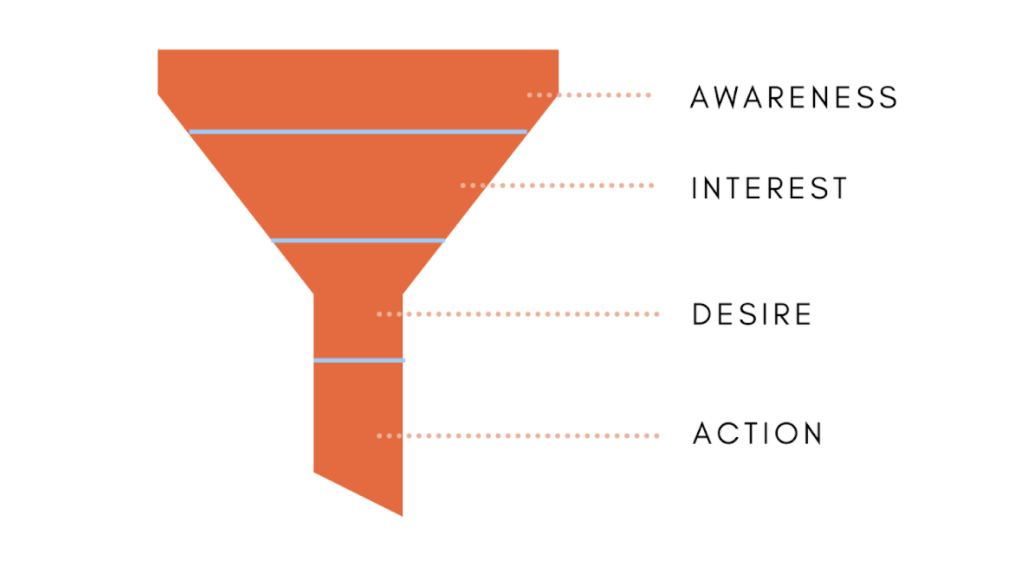Some may say that it doesn’t matter what first impression you portray as long as they like you in the end. However, we are all humans. It is inevitable for us to be influenced by the first meeting.
First impressions can either make or break an opportunity.
And, that goes the same for your business’s website. Your website is the first thing your potential customers will be seeing, and that will decide whether your website will bear the fruits of your labor and bring you successful returns.
There are millions of websites out there, so how can you stand out from your competitors?
These are the 8 main characteristics you should take note of when making a quality website:

1. Information

As this is the page that most of your customers will first see, you have to make it look attractive so that it captures their attention within a few seconds.
People want to know who you are and those that are behind the company. Your website visitors want to be assured that they made the right decision in considering your business. The about page is one of the most visited pages that should show your business’s story and credibility.
Services page
If you offer services, this page is vital in letting your customers know more about the services you provide.
Products page
If you offer products, this is the page where you can provide details on the products you are offering to your customers.
FAQ page
The FAQ page is your space to answer the most frequent questions you are asked. This page tells everyone what they need to know and saves you time answering those same questions individually.
Reviews page
This page gives you the opportunity to show off the positive reviews your company has received, adding on to your business’s credibility and reliability.
Contact page
Your contact page allows your customers to reach you via any medium, increasing efficiency of customer engagement.
News page
This is where you can post links to articles written about your business, advertisements or videos featured on other established platforms. This can help you in gaining the trust of your customers.
Privacy policy page
A privacy policy page is a must for every website as it lets people know what you are going to do with the personal information they provide. This is especially important due to the Personal Data Protection Act (PDPA) 2012 that regulates the processing of personal data in Singapore.
Sitemap page
A sitemap page is a simple index page that lists all the web pages you have in your website. It makes navigation of your website much more convenient.
Page not found page
Also known as the “404 error” page, it is the page your visitors are directed to when a webpage no longer exists, has moved or expired.
2. Visibility and User Experience
SEO is focused on optimising your website in order to get traffic from organic search results through site URLs and titles. On the other hand, SEM is to get traffic and visibility from both organic and paid search like YouTube Ads.
A map should also be included in your website to allow your customers to locate you easily.
Lastly, as about 82% of Singaporeans accessed the internet through their mobile phones in 2020, you have to ensure that your website is mobile responsive.
3. Communication

A contact form can also be another way in which they would simply key in their queries into the text box and will directly be sent to you.
Reviews are an alternative method of communicating with your customers indirectly. The reviews are like your second voice that speaks to your customers.
4. Funnelling

You may think that storyboards only concern movies and the entertainment industry. You are wrong. A storyboard for your business sets out the tone of your website and what you want to tell your customers through the webpage they land in.
That brings us to your landing page. Your landing page has a specific purpose, for instance, a marketing campaign of your business.
5. Analysis
Your analysis can include:
- Page impression — The number of people who viewed your webpage
- Click through — The rate at which visitors click on a specific webpage to another
- Fallout — The rate at which visitors exit your webpage and this links back to your website’s navigation and storyboard
- Source — Where did your viewers or visitors come from? From a Facebook post?
- Page heatmap — A behaviour analytics tool that helps you understand how visitors interact with individual web pages so you can find out if they are reaching (or failing to reach) important content in your website
These are the tools you can use to help you in improving your website.
6. Leads Gen
Your website can include a newsletter, contact form or campaign to generate leads that can be turned into prospect clients, and hopefully your customers.

7. Marketing
An inbound website is created in such a way that you attract, engage, convert and delight your visitors. Unlike outbound marketing, inbound marketing does not need to fight for potential customers’ attention.
With that, you have to truly invest in your landing page and social media connections as you want to promote your business on other platforms that will navigate people back to your website.
8. Security
These are the few questions you should ask yourself:

In addition, your content management system (CMS) should constantly be updated. CMS is an application that is used to manage web content, allowing multiple contributors to create, edit and publish.
CMS updates are essential not only for your website maintenance of offering advanced security from hackers and supporting the creation of integrated files, but also for eliminating probable compatibility issues.
Common examples of CMS platforms for websites include WordPress, Droopal and Joomla.

Fret not, as we have an “Essence Of A Website” eBook prepared for you and your woes.
Keep a look out for our eBook on our Facebook page!
Chat with us today through our live support and start your journey together with us in making a top-notch website for your business!


